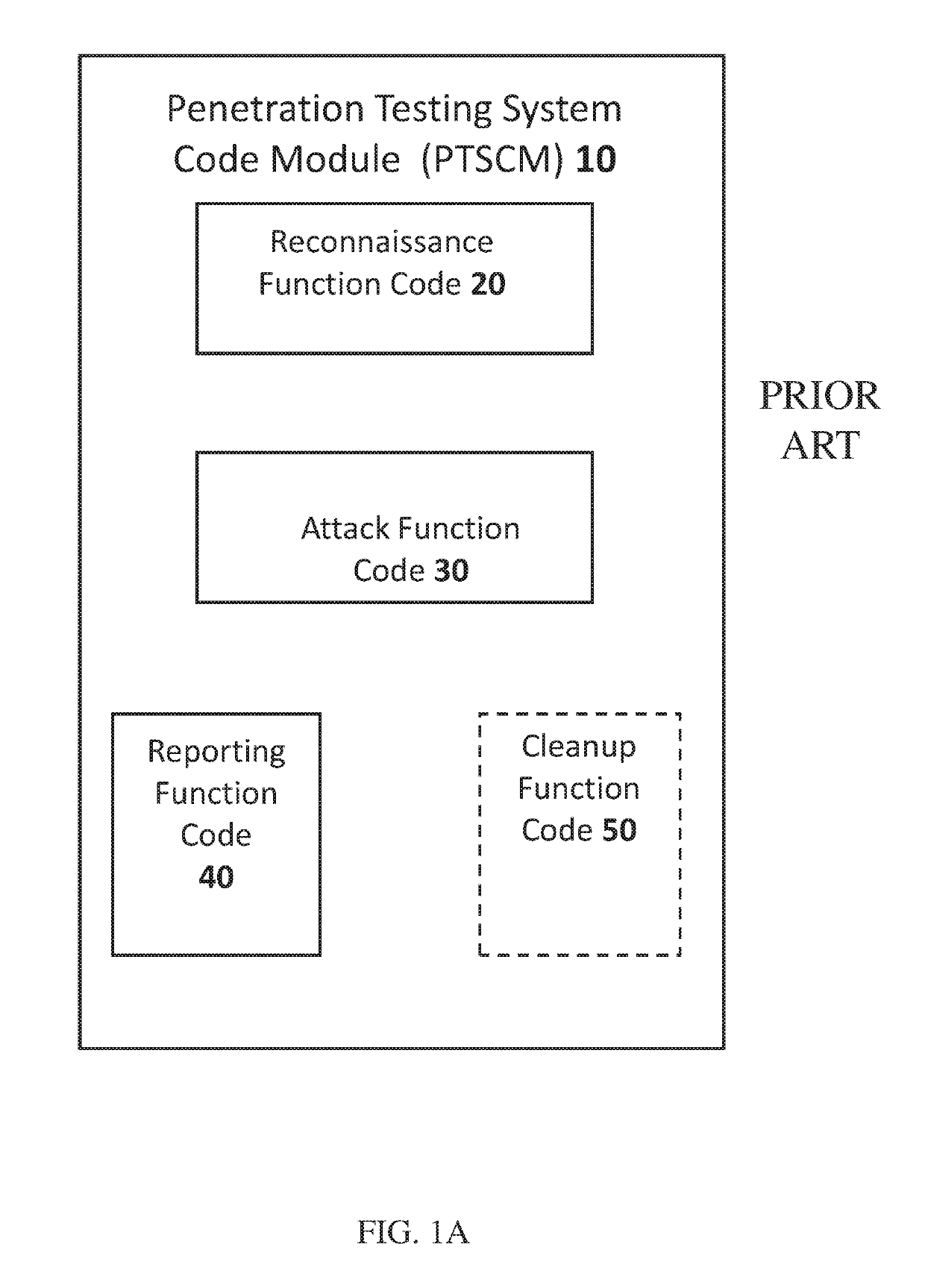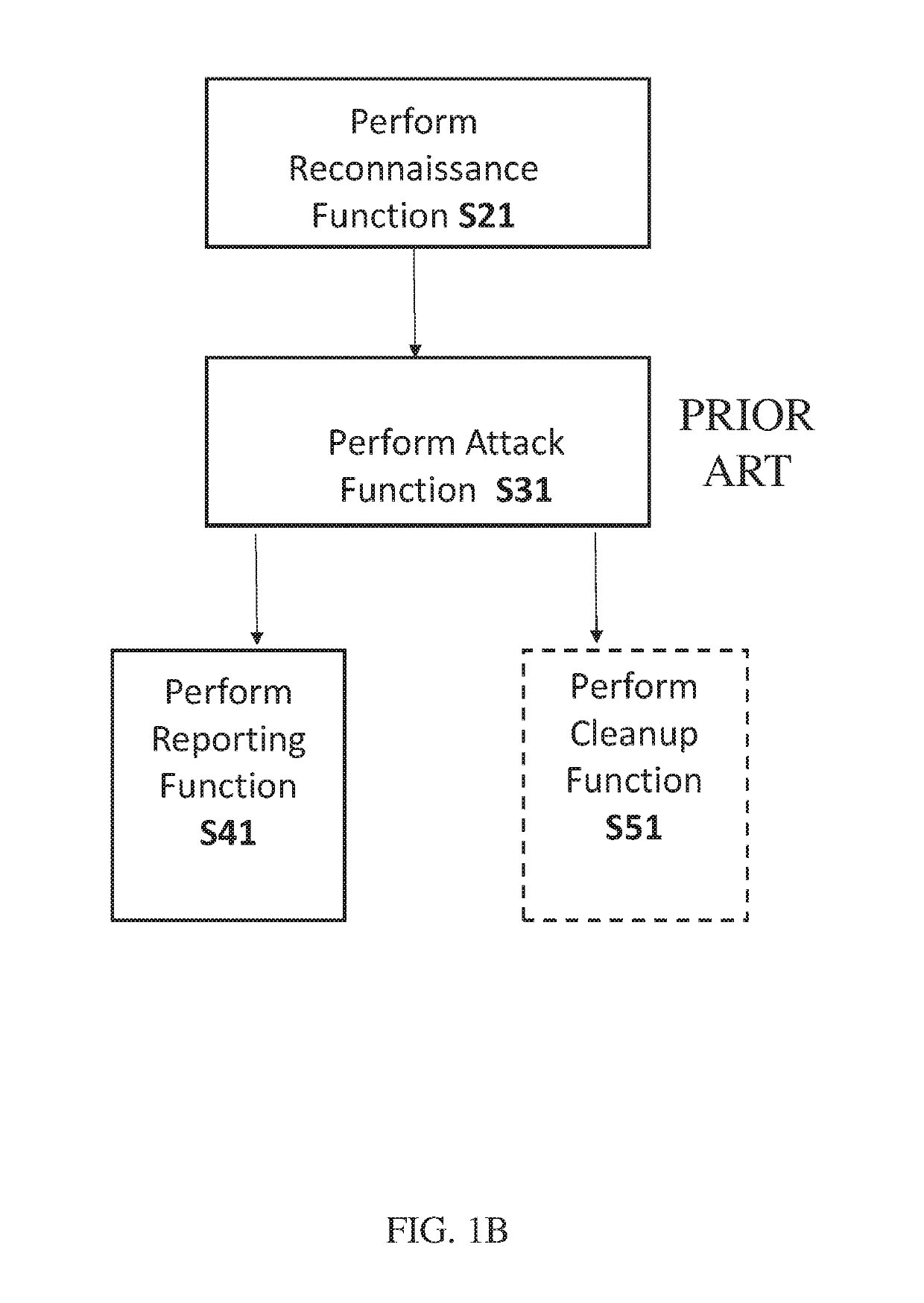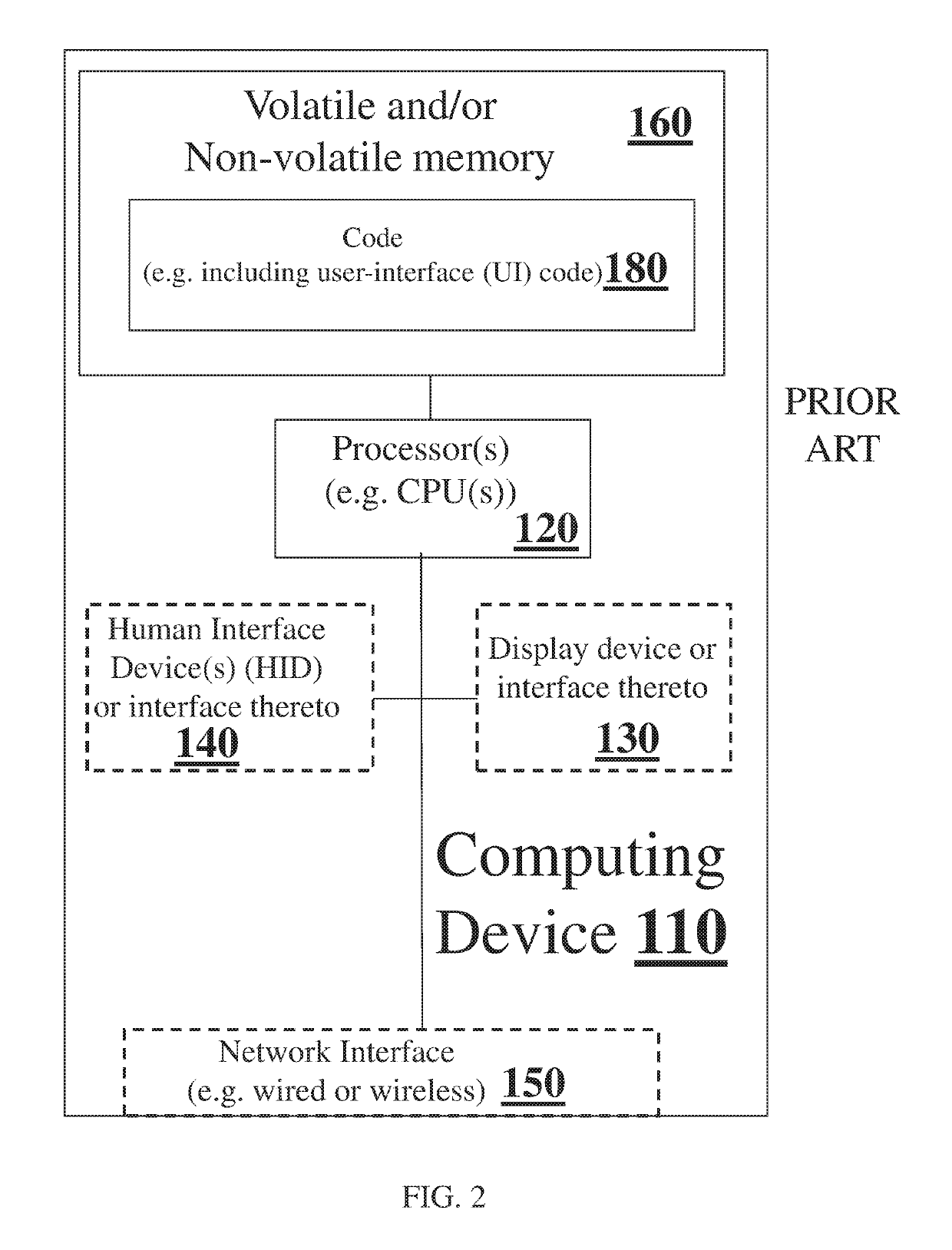Failures of the networked computing
system of an organization, or even of only a portion of it, might cause significant damage, up to completely shutting down all operations.
Loss of such data or leaks of such data to unauthorized external entities might be disastrous for the organization.
Many organizational networks are connected to
the Internet at least through one network node, and consequently may be subject to attacks by computer hackers or by hostile adversaries.
Quite often the newspapers report incidents in which websites crashed, sensitive data was stolen, or service to customers was denied, where the failures were the results of hostile penetration into an organization's networked computing system.
Thus, many organizations invest a lot of efforts and costs in preventive means designed to protect their computing networks against potential threats.
However, it is difficult to tell how effective such products really are in achieving their stated goals of blocking hostile attacks, and consequently most CISOs (Computer
Information Security Officers) will admit (maybe only off the
record), that they don't really know how well they can withstand an
attack from a given
adversary.
Such people are hard to find and therefore many organizations give up establishing their own penetration testing teams and resort to hiring external expert consultants for carrying out that role (or completely give up penetration testing).
However, external consultants are expensive and therefore are typically called in only for
brief periods separated by long intervals in which no penetration testing is carried out.
This makes the penetration testing ineffective, as vulnerabilities caused by new attacks, that appear almost daily, are discovered only months after becoming serious threats to the organization.
Additionally, even rich organizations that can afford hiring talented experts for in-house penetration testing teams do not achieve good protection.
Testing for vulnerabilities of a large network containing many types of computers, operating systems, network routers and other devices is both a very complex and a very tedious process.
The process is prone to human errors such as missing testing for certain threats or misinterpreting the damages of certain attacks.
Additionally, because a process of full testing against all threats is quite long, the organization might again end with a too long discovery period after a new
threat appears.
If the penetration testing campaign succeeds in achieving the goal, an attacker might be able to do the same, and therefore the
networked system is vulnerable to
attack.
Since methods for
attack might be complex and may include dozens of attacker steps, sometimes having multiple alternatives for some of those attacker steps, choosing the best recommendation to provide to the user for blocking the attack might become quite difficult.
The cost of exploitation of an attacker step is a measure of how difficult it is for an attacker to carry out that attacker step.
The cost of remediation of an attacker step is a measure of how expensive it is for the organization owning the tested
networked system to block that attacker step.
In other cases, the attacker's goal and the options available for the attacker to achieve that goal may be more complex, and consequently the selection of a suitable recommendation to provide to the user is also more complex.
It is clear that in this case it is not possible to block all possibilities of attack by blocking a single attacker step.
However, this is not always the case in the real world.
Remediation actions recommended for blocking all possibilities of attack might be highly expensive and their combined costs might exceed the budget available for protecting the networked system.
Even for an inexpensive application costing just $10 per node, in a large network of 10,000 network nodes this translates to a direct cost of $100,000, prior to training of users and other indirect costs.
It should be noted that even after blocking that attacker step, the networked system is still not fully protected—an attacker might still use the
route of the right-
side branch to compromise it, but his cost of exploitation would be somewhat higher after the remediation of blocking attacker step 300.
However, a careful review of FIG. 6 indicates that blocking of attacker step 300 is clearly not the most cost-effective move.
3), but the benefit gained from this slight additional cost is significant—instead of just somewhat increasing the cost of exploitation for the attacker while leaving paths of attack available to the attacker, blocking step 312 would completely block the attacker's ability to obtain his goal in compromising the networked system.
The flaw of the previous method, which causes it to recommend a non-optimal solution, is that it focuses on the “branches of attack” (i.e. on complete paths of attack) as fundamental and independent building blocks, ignoring connections or relations existing between different branches at a lower level.
 Login to View More
Login to View More  Login to View More
Login to View More 


